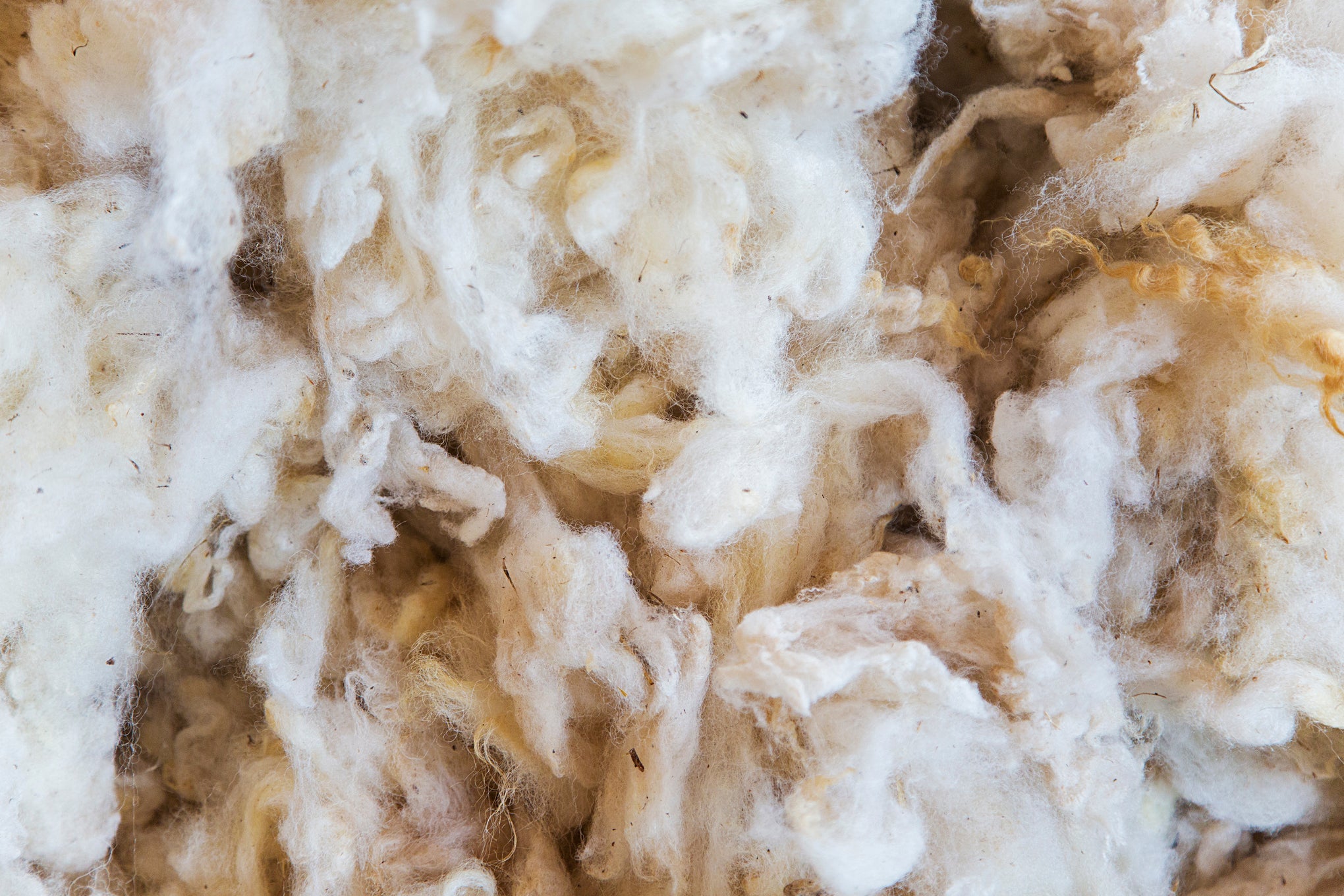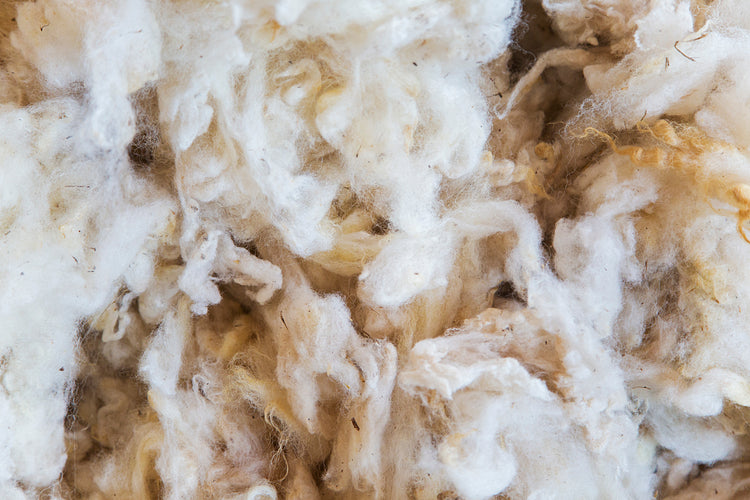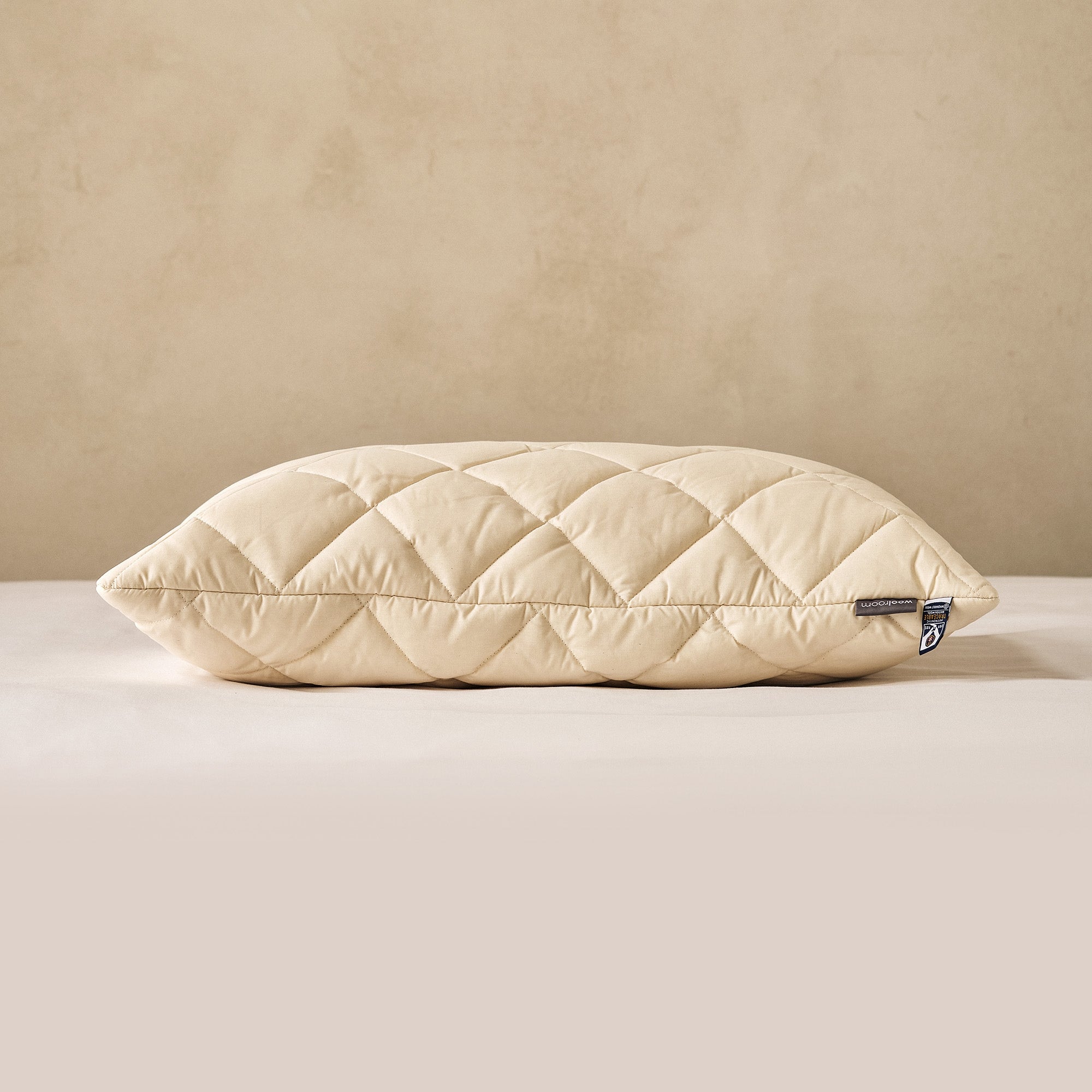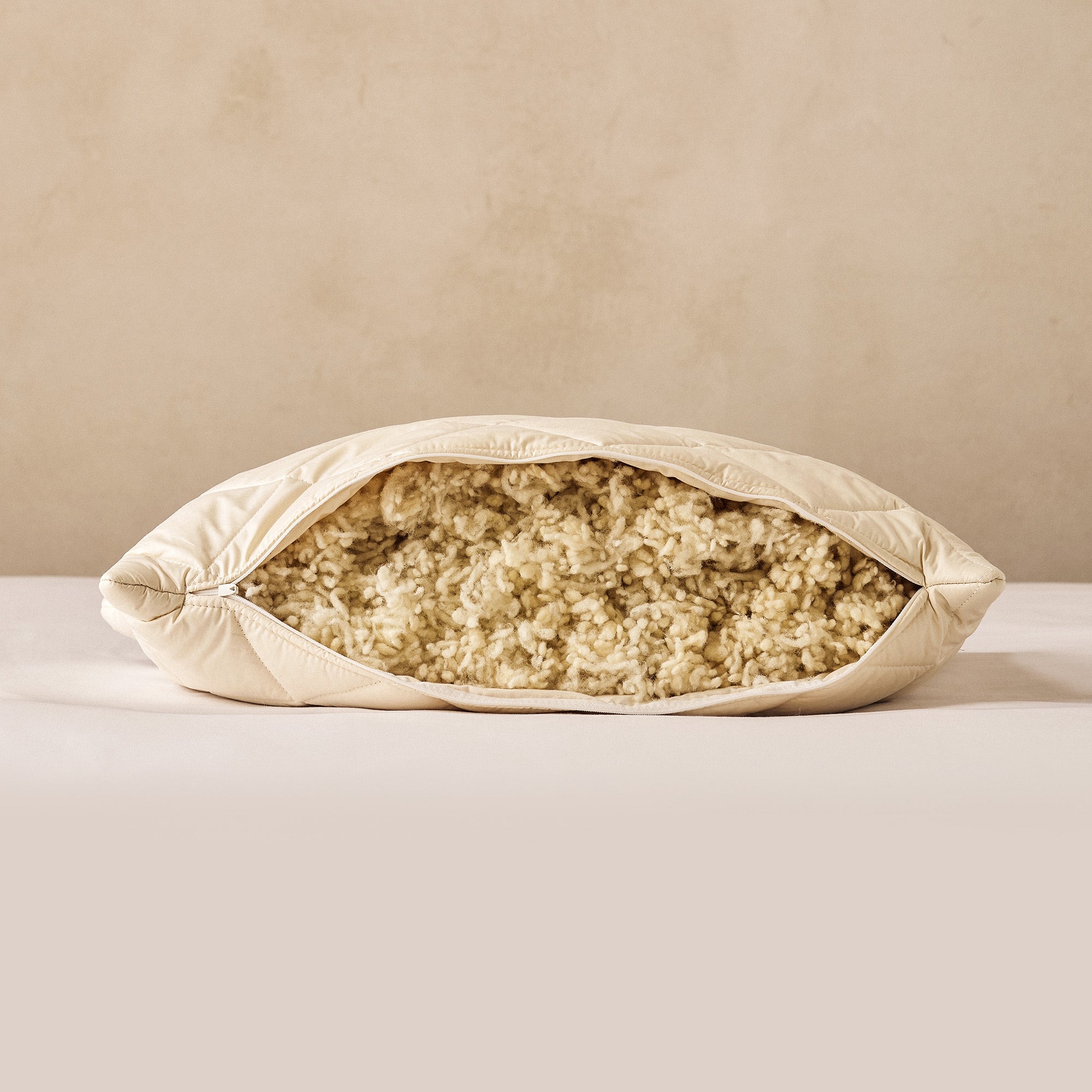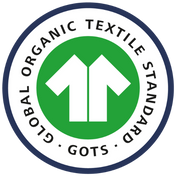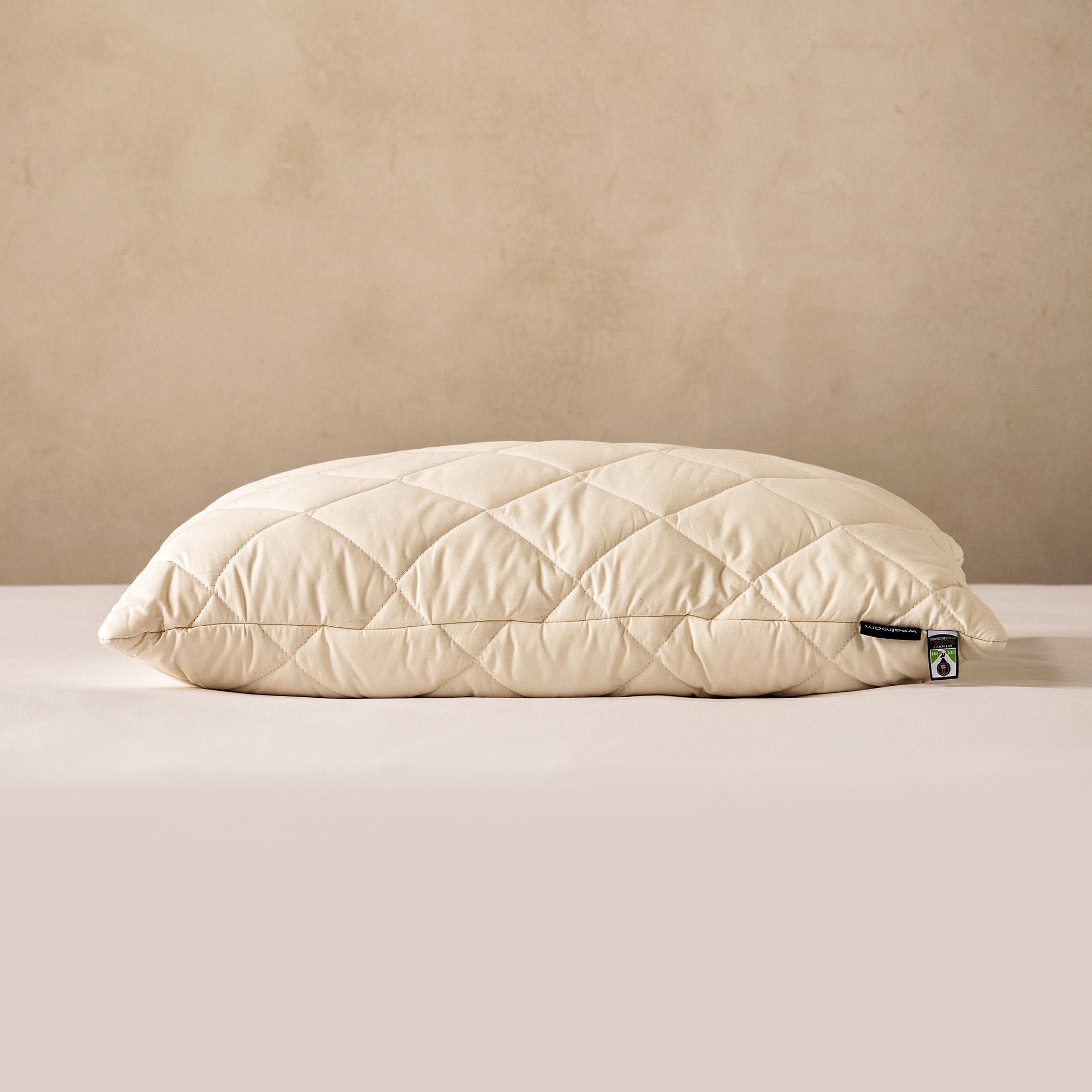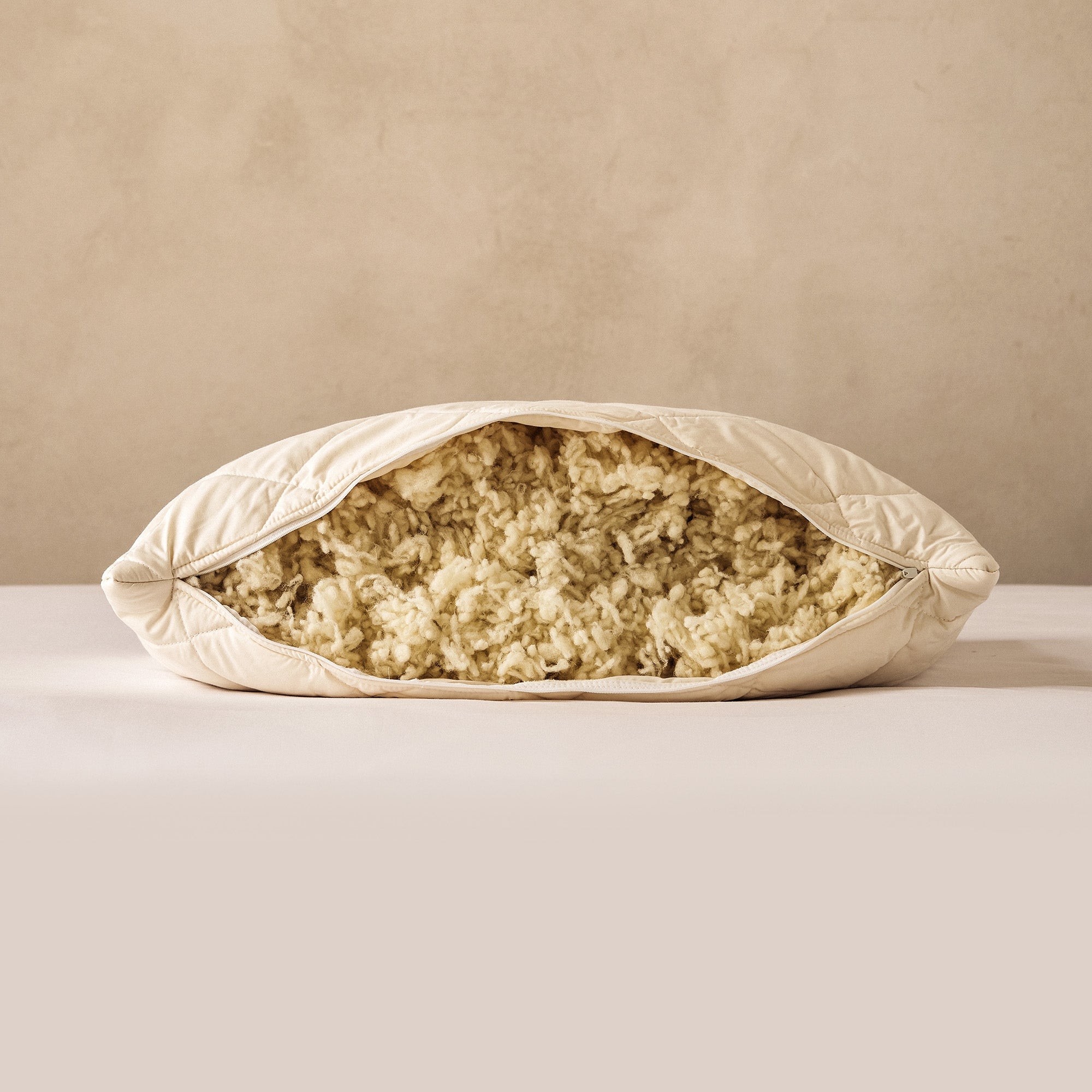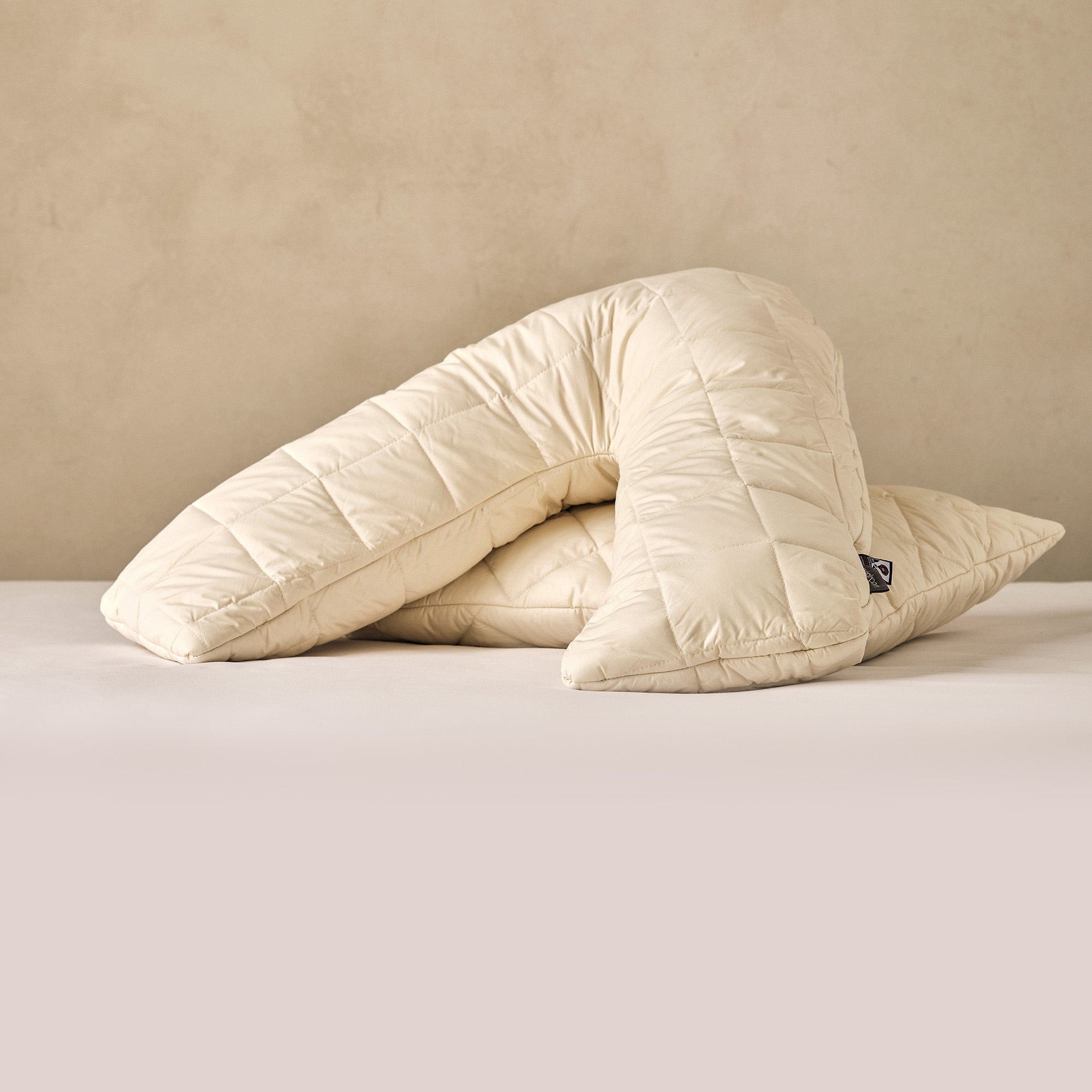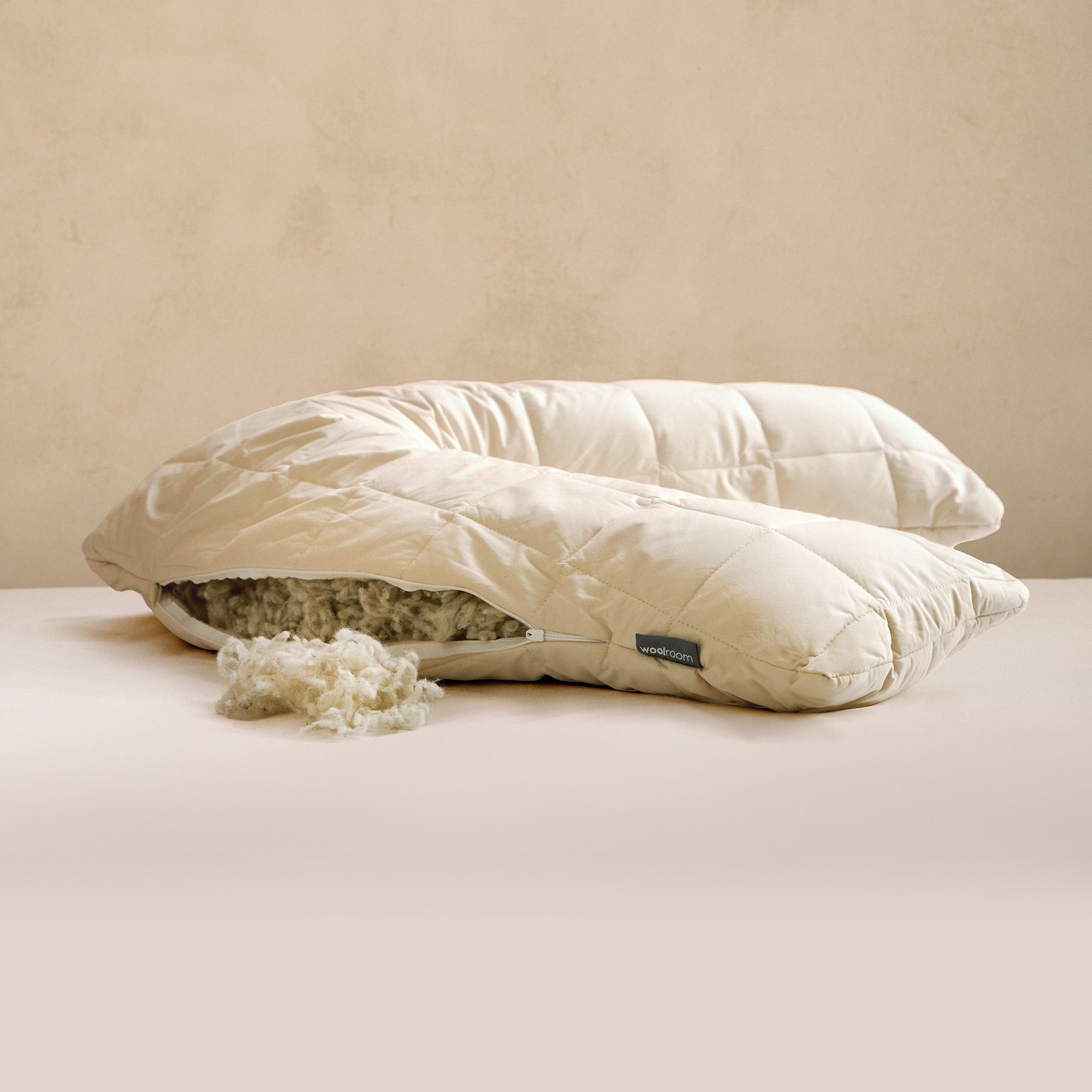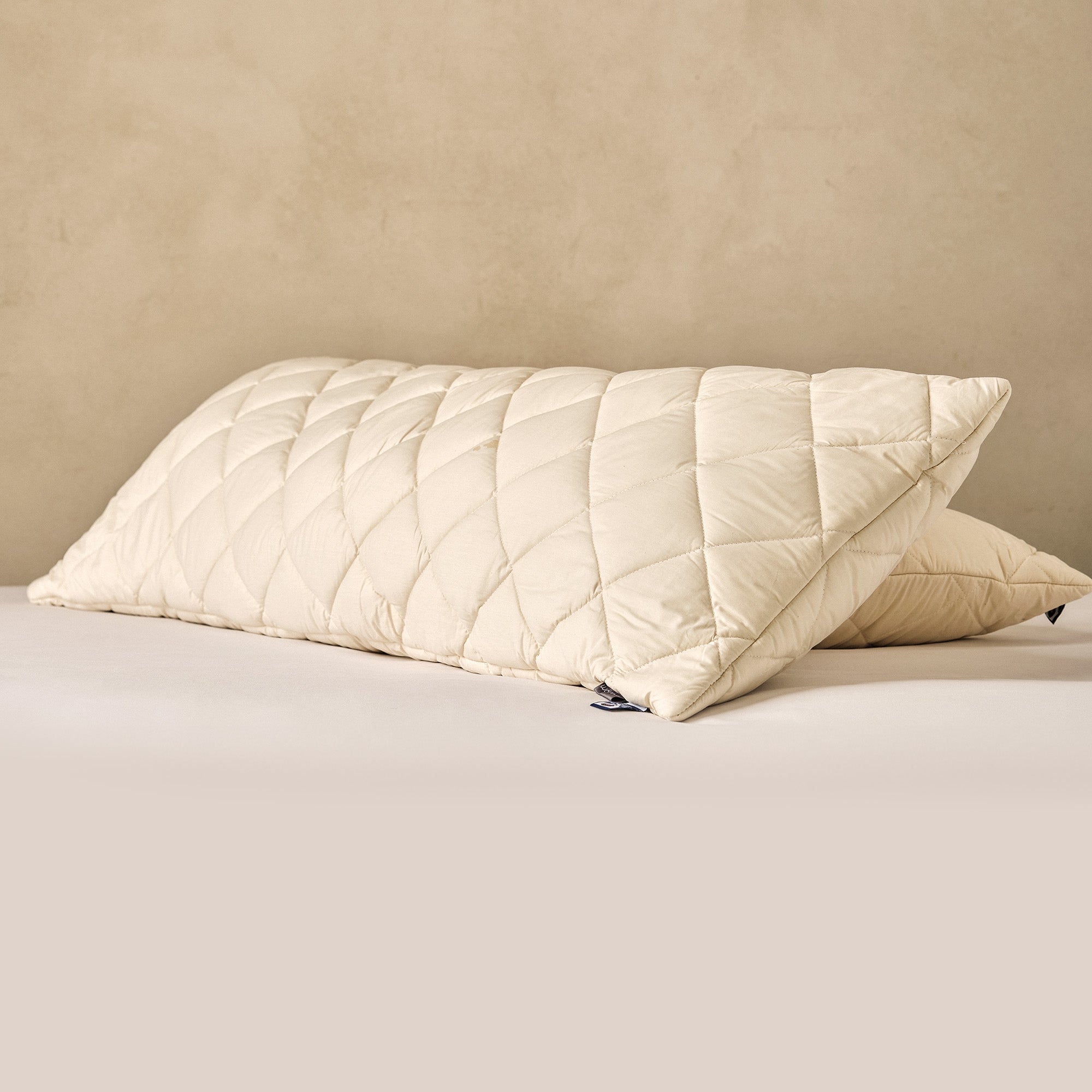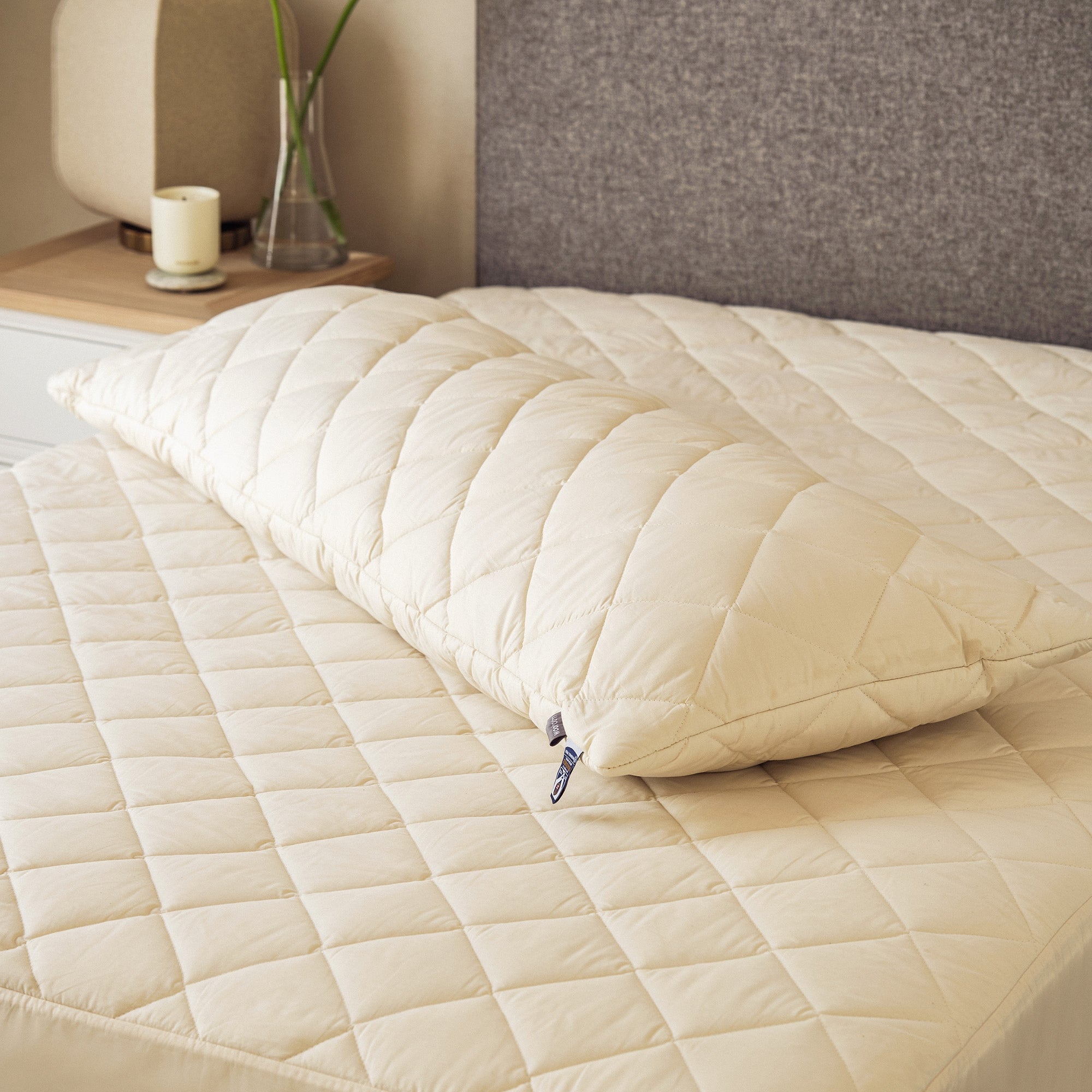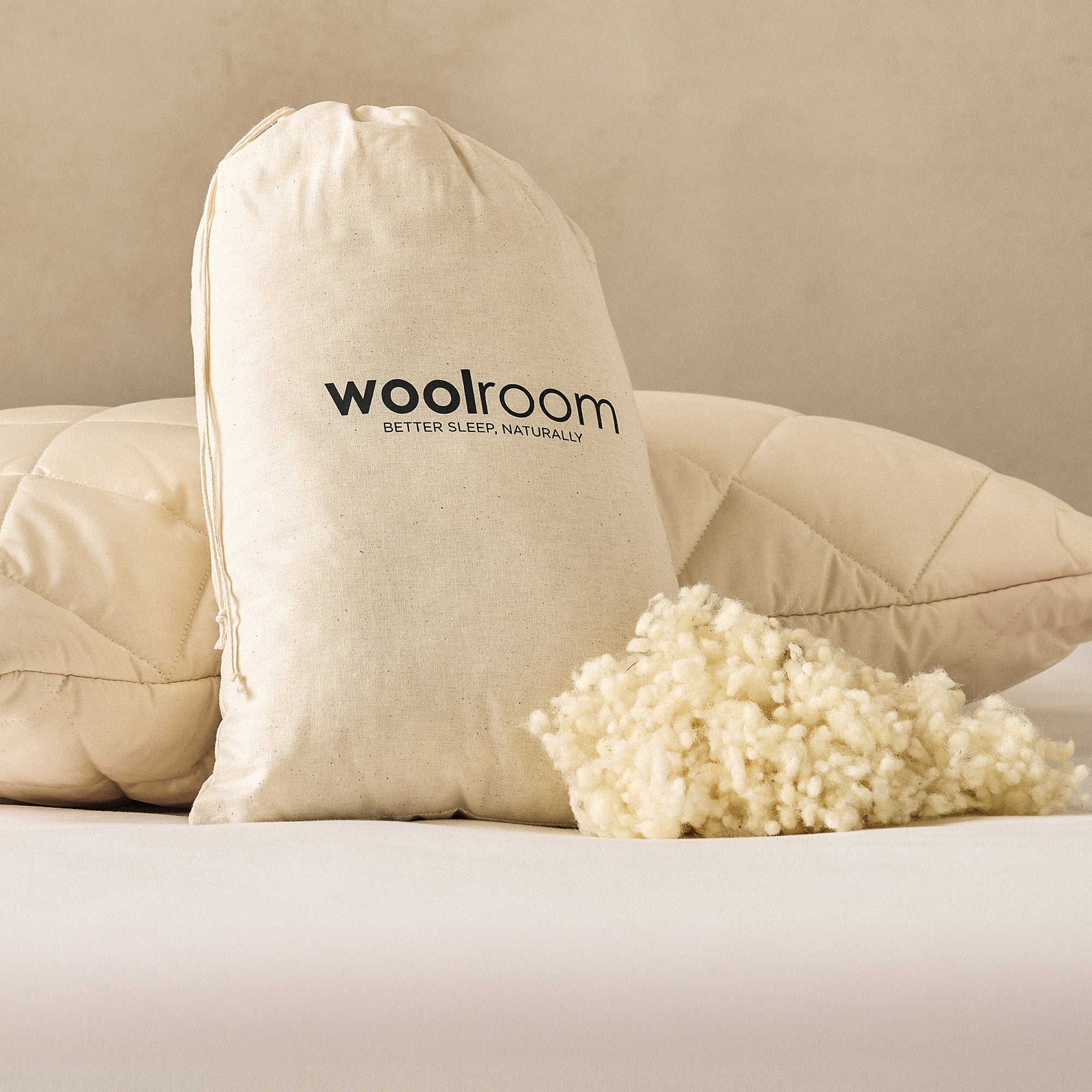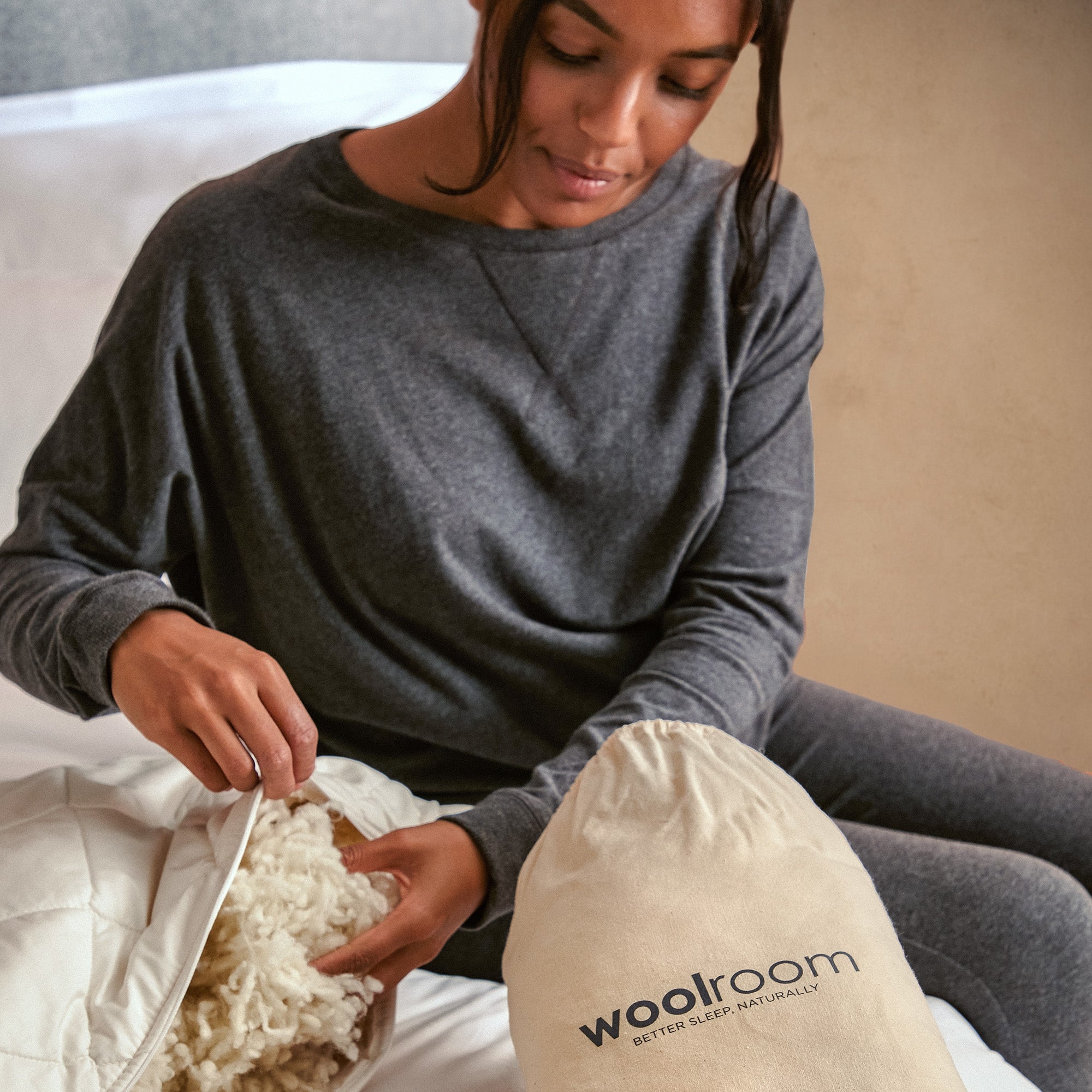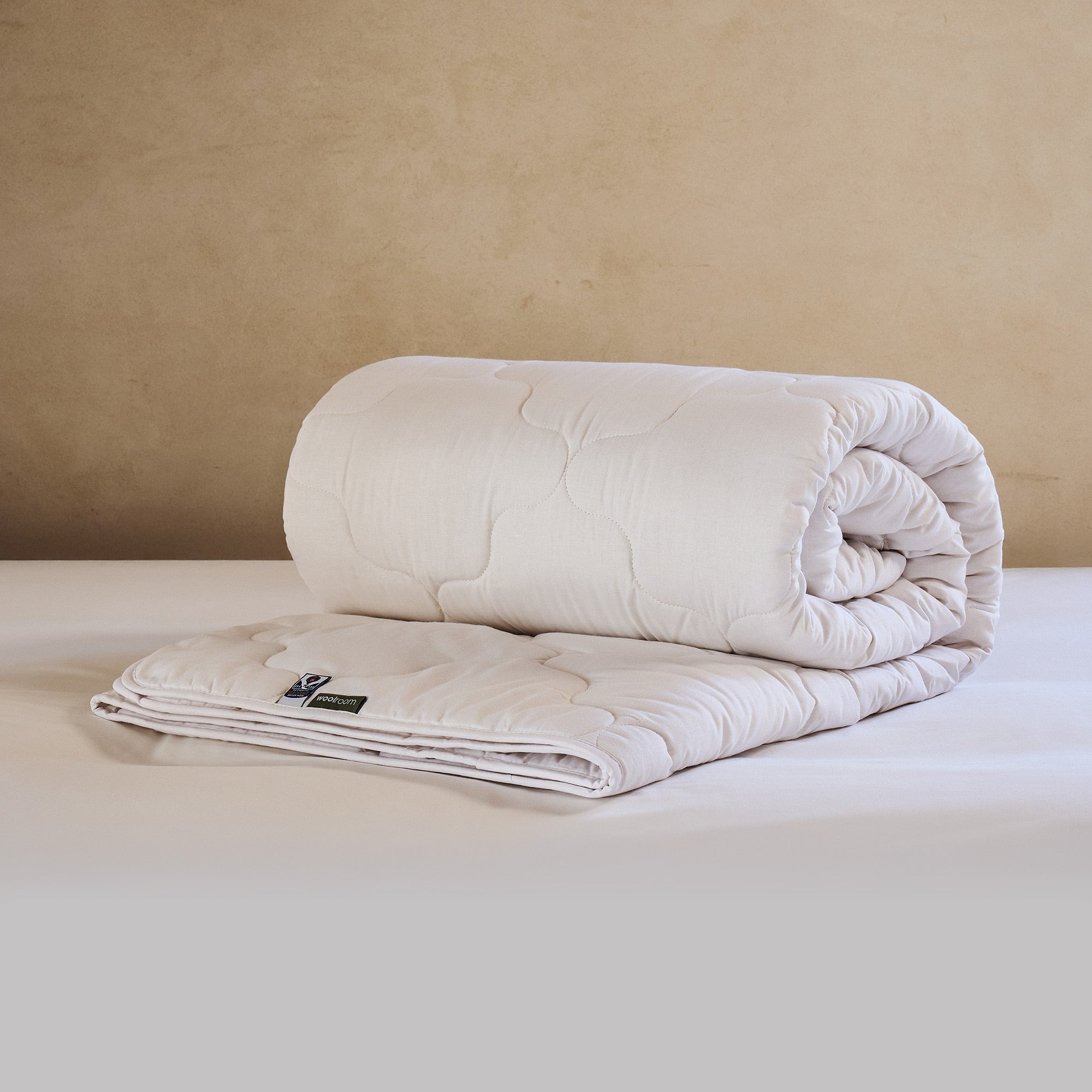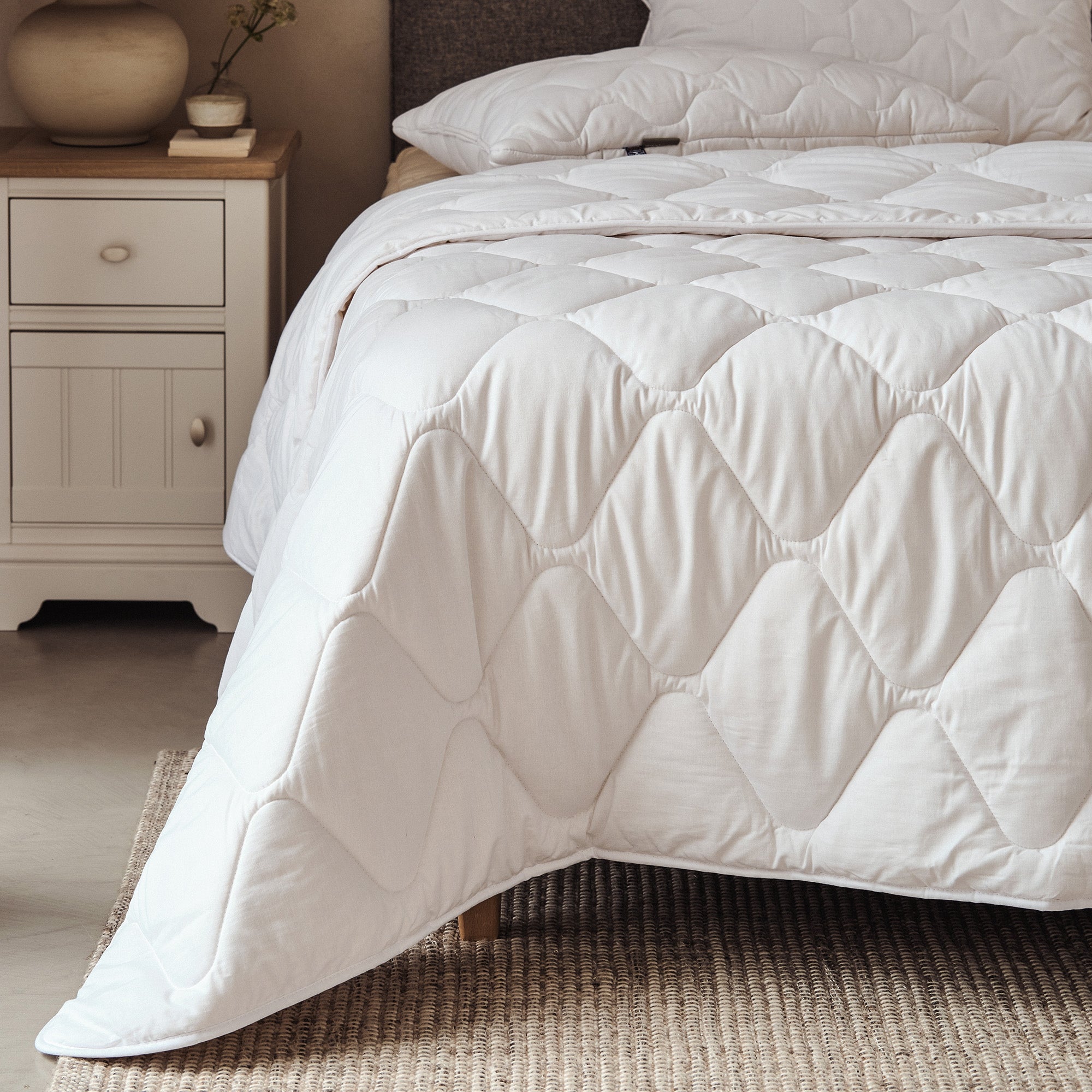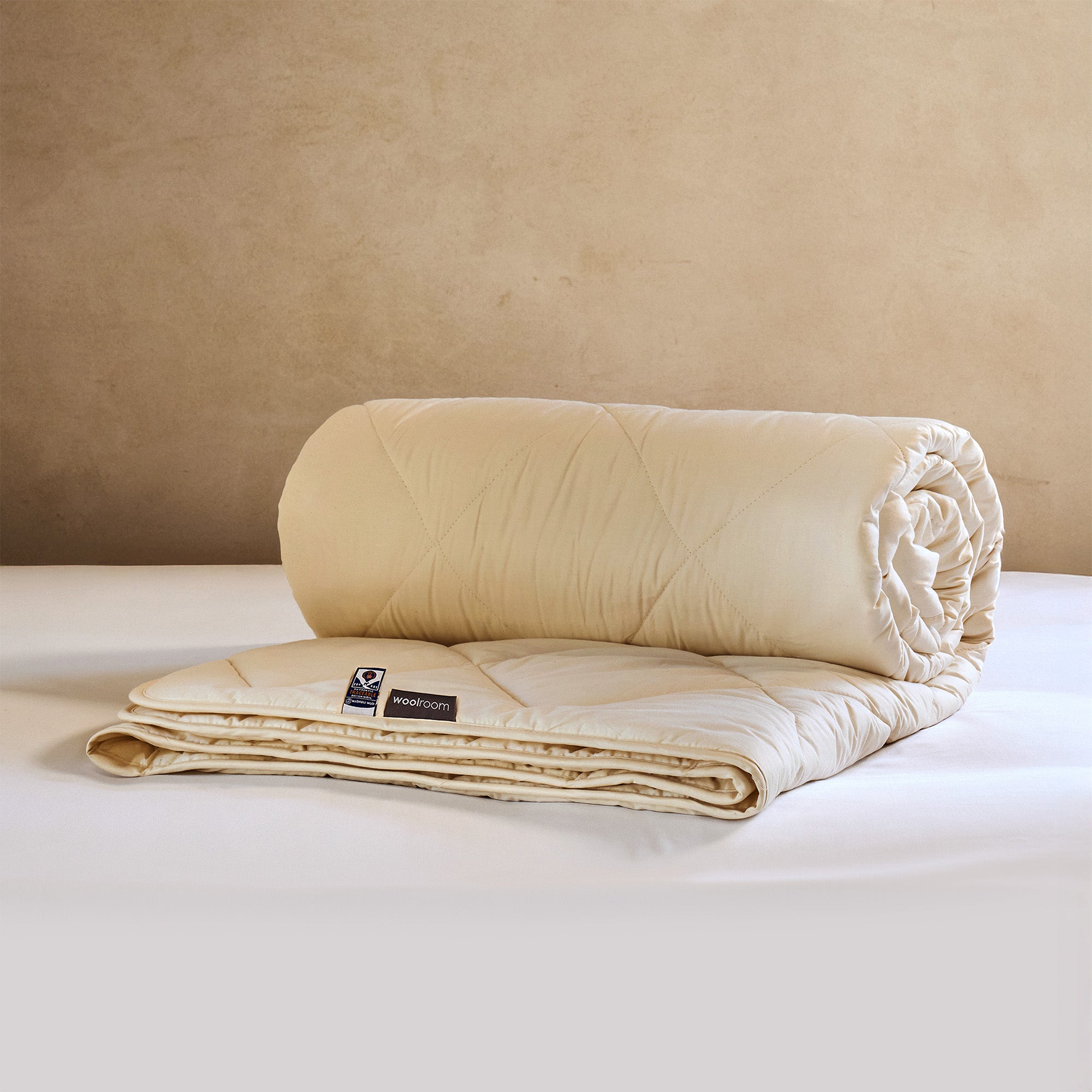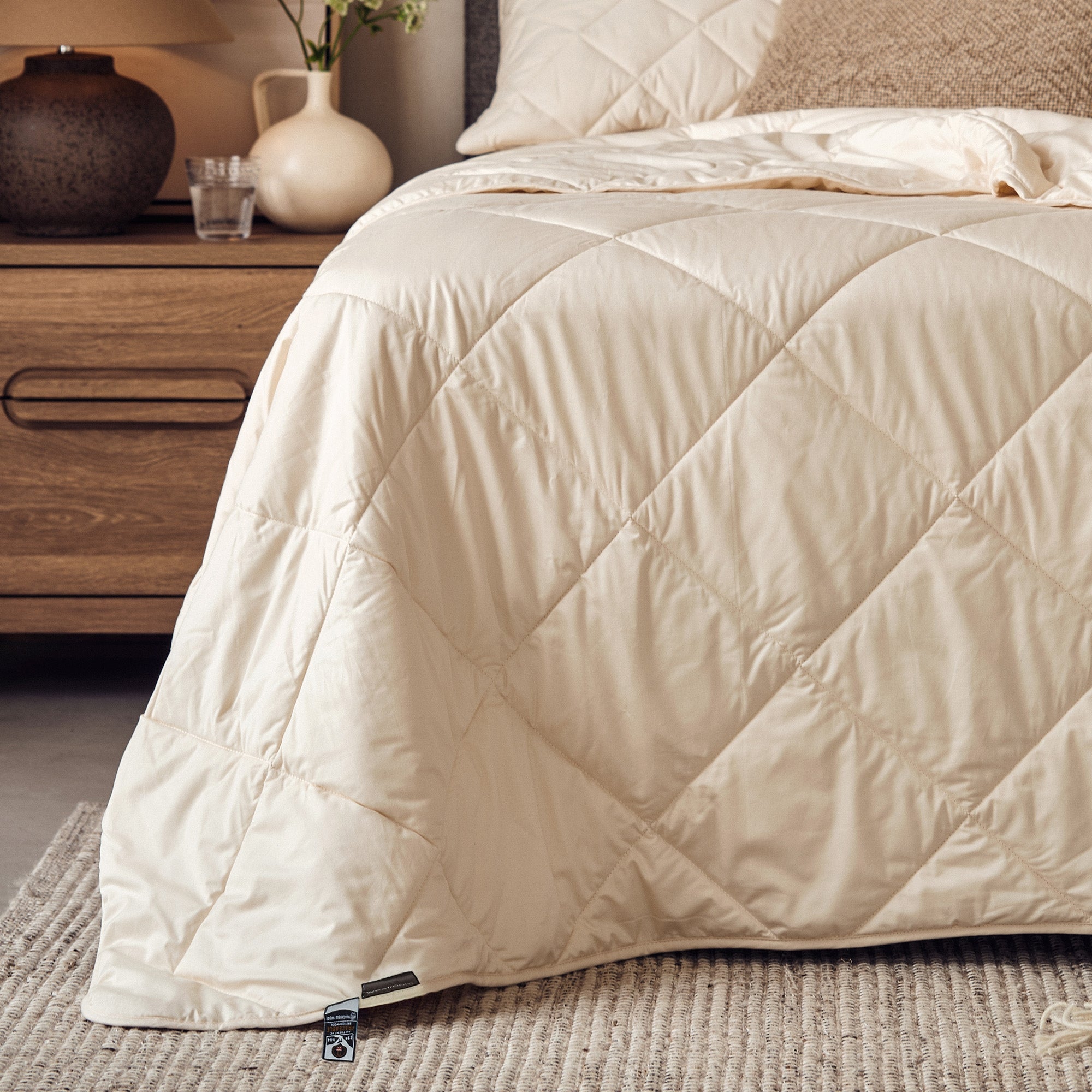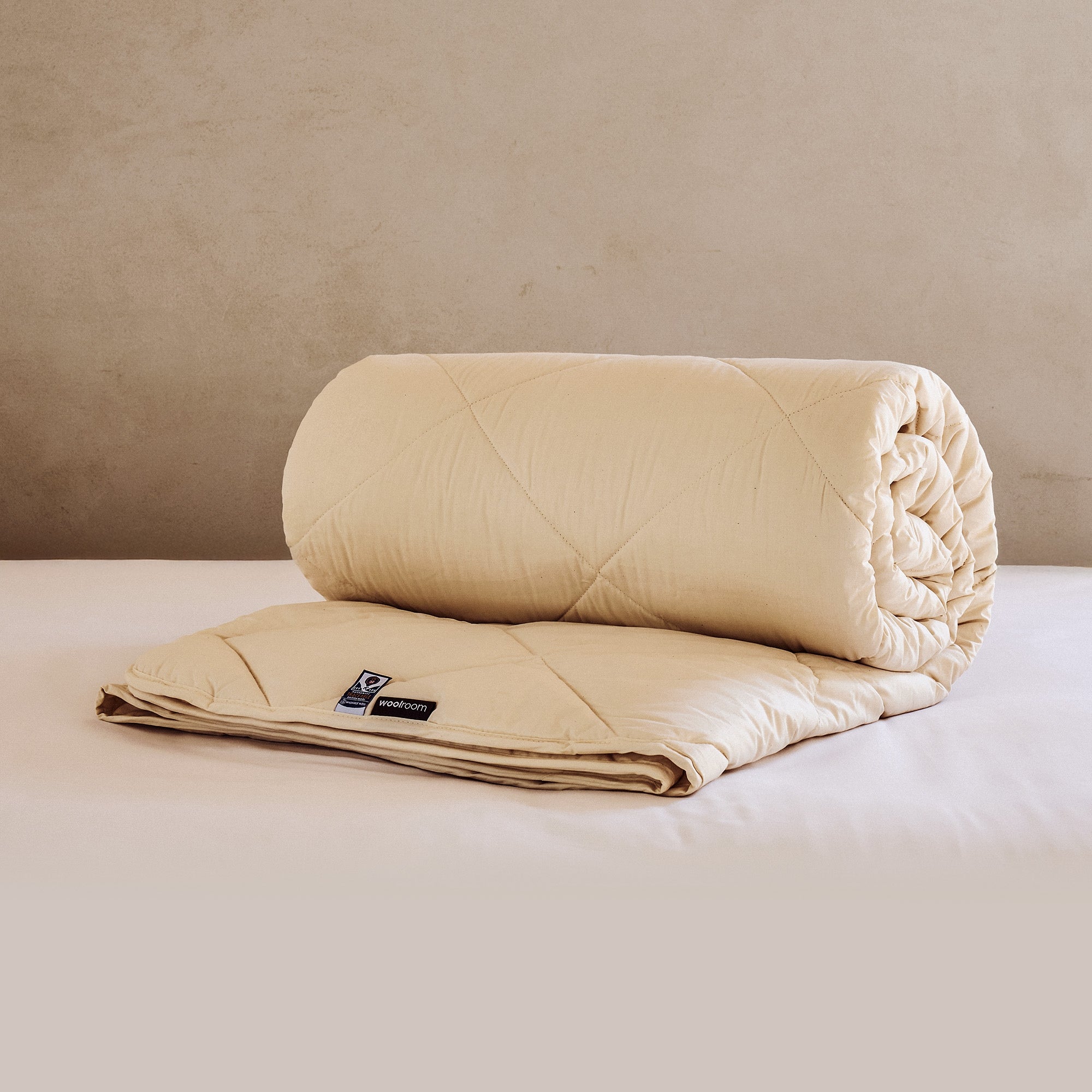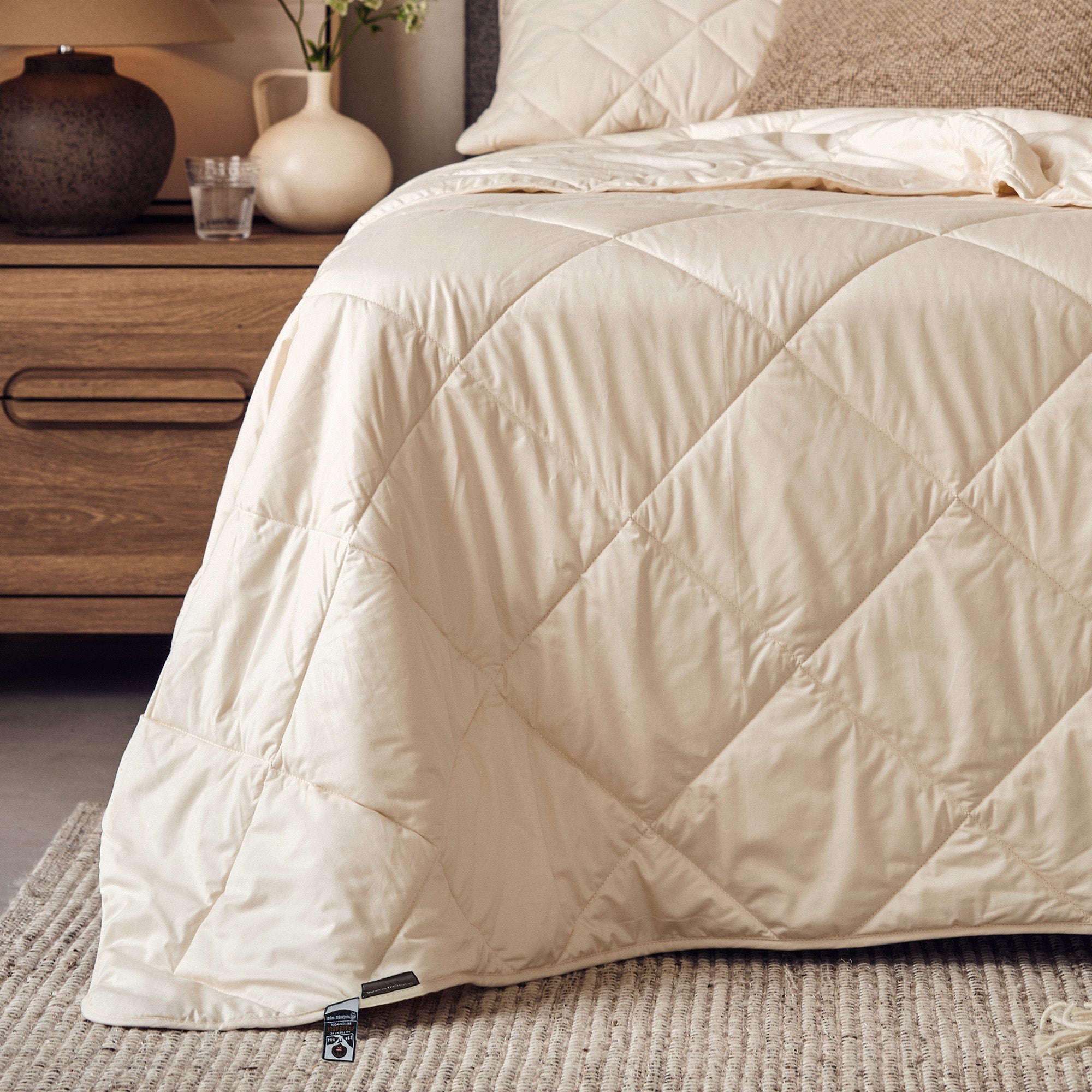Putting a baby to sleep for the first time is a momentous occasion that no parent forgets – mostly because they’re wondering if they’ll ever get a full night’s sleep again! While we can’t guarantee you will, we can tell you that having the right sleep environment for your baby is the best way to help them sleep safely and soundly. But where do you start? If you’re struggling to choose between a Moses basket or crib, we can help.

Moses basket or crib?
During your baby’s first few months, they’ll spend a lot of time sleeping (lucky them!), so settling them down in the right sleep environment is key to their development. You have several choices for their first few months, but most parents choose between a crib or Moses basket for a newborn.
So, which is right for your baby? And how long can a baby sleep in a Moses basket for? There’s actually no set rules when it comes to choosing between a crib vs. Moses baskets. Your choice is centred around you, your personal preference and how you want to manage your day and night-time routines. But here are a few of the pros and cons to help you choose between a Moses basket or crib for your little one:
Why choose a Moses basket?
Moses baskets are fairly portable, which makes them ideal if you want to keep your baby with you throughout the day. The best Moses baskets are made with a soft construction and compact size, which make them a cosily reassuring space for newborns, helping to soothe them to sleep. For parents, the relatively small size means that you can easily move it from room to room, or even on a mini staycation!
How long can a baby sleep in a Moses basket?
One key thing to consider if you do choose a Moses basket is that they do offer limited space – meaning that your baby will grow out of it relatively quickly. They’re also unsuitable for use once your little one becomes more mobile. For most babies, that means they’ll be ready for the transition to a crib by the time they’re four months old.
What bedding do I need for a Moses basket?
We’d recommend using a firm, flat mattress with a waterproof mattress protector over the top. It’ll help keep it nice and dry and it can be wiped down! Just make sure that the mattress fits the Moses basket or crib properly.
Why choose a crib?
Much like a Moses basket, cribs can be used for babies from newborn upwards. As well as providing a relatively compact sleeping space, the best cribs for babies come with a rocking base that is ideal for lulling baby to sleep – perfect if you find that they prefer to be in motion most of the time.
Cribs are slightly bigger and a little more sturdy, so they tend to last a little longer – meaning that you can expect it to be around six months before your baby is ready to transition to a cot or cotbed.
However, if you’re looking for a more portable option, then a crib isn’t likely the best option. The sturdy frame makes them heavier and harder to move from room to room.
The SnuzPod solution
Still struggling to choose between a crib or Moses basket? Looking for the best bed for babies? We don’t blame you for wanting to find the best sleep solution for your little one. It may be worth considering The SnuzPod. This hybrid solution provides a mesh bassinet on a rocking crib base. The bassinet can be detached and moved around in the day, much like a Moses basket, while the sturdy base is ideal for keeping your baby comfy at night. As an added feature, the mesh panels in the side allow you to keep your baby close throughout the night. It’s the best of both worlds!
Cot or cotbed?
Once your baby has outgrown their Moses basket or crib, the next stage is a cot or cotbed. Both offer a larger, sturdier sleeping space that is much suitable for older babies – so what is the best bed for babies?
Why choose a cot?
A cot is a sturdier, full piece of furniture that provides a safe sleeping environment for your baby once they are more active, or have outgrown their Moses basket or crib. While larger than a crib, cots are smaller than cotbeds, making them a great space-saving solution for fitting into the nursery.
With plenty of room for growing, most babies can stay in their cot until they are two years old – and ready to move to a regular single bed.
Why choose a cotbed?
If you’re looking for a baby bed that will last a little longer, a cotbed can be a smart choice. Although they tend to be larger than a traditional cot, cotbeds are designed to be converted into a first bed for your toddler. All you need to do is remove the tall side panels – it’s as easy as that! This can help to make the transition from cot to grown-up bed a little easier during the terrible twos – although it’s worth bearing in mind that cotbeds are still smaller than a full-size single bed, so eventually you’ll need to replace them too.
Creating a safe sleeping environment for your baby
While moving baby from Moses basket to cot can feel like a big transition, for you as well as your little one, it’s important for their wellbeing that they have the safest and most comfortable sleeping environment at each stage of their development.
As well as choosing the best bed for babies, it’s also important to choose the right bedding. To ensure your baby’s comfort, look for mattresses and sleeping bags made from natural fibres such as wool, as these help to regulate your little one’s temperature and keep them from overheating.
Here at Woolroom, we’ve created a Kids and Baby range, designed specifically to help your baby benefit from the sleep-enhancing qualities of wool. Shop the collection online today and pick out the bits you need for your cot or cotbed.
Are you thinking of investing in a mattress pad? That’s a great idea for comfort, but if you’ve sought advice from others, you may be worried that a new topper will make you hot and sweaty at night. Let us clear up your concerns. What are toppers? Do mattress pads make you sweat and how can you find bedding that keeps you cool?
What are mattress pads?
Mattress pads are an additional bedding item that sits on top of a mattress. They can range in thickness, from not much thicker than a sheet, to several inches high (often referred to as a mattress topper). The main reason for using a mattress pad or topper is to increase the comfort of your mattress, perhaps if it is getting old or is a little too firm. But they can also be useful to keep your mattress clean and even extend its life.
Unfortunately, mattress pads have gained a bit of a bad reputation - there is one thing that plays on people’s minds when it comes to making a purchase. And that’s, do mattress pads make you sweat? So, let’s try to clear that up for you.
Do mattress toppers make you sweat?
The answer to “do mattress toppers make you sweat?” is, as with a lot of things, it depends. In this case it depends what it’s made from.
A common material to make a mattress topper from is memory foam. However, there are some drawbacks to sleeping on memory foam. The dense nature of the material can interrupt air flow meaning that the heat and perspiration that escapes from your body has nowhere to go. This can cause you to overheat and leave you waking up feeling clammy and uncomfortable.
Other synthetic materials can have a similar effect. If only it was possible to find mattress pads that keep you cool, hey?
Is there such a thing as mattress pads that keep you cool?
It is possible to choose a cooling mattress topper – a pad for your mattress that keeps you cool. But to do this, you’ll need to pay attention to what it’s made from.
The best mattress pad to keep you cool is one made from natural fibers like wool. One of the great benefits of wool is its ability to circulate air and keep you cool by wicking away perspiration, keeping you dry and preventing overheating.
Supplement this with wool bedding that is designed by nature to keep you comfortable and dry and you’ll be enjoying a cool, contented night’s sleep before you know it.
If you want to make your mattress more comfortable without buying a new one, consider a stay cool mattress topper. Is it likely to make you sweat? Not if you follow our advice and choose a cooling mattress topper and wool bedding that keeps you cool.
If you are looking for more ideas about how to sleep better at night naturally, visit our Sleep Health & Advice hub.
People we speak to are often surprised when we tell them they should consider wool for their summer weight comforter and other summer bedding. They assume it gets hot, itchy and uncomfortable in warmer weather, causing even more tossing and turning and kicking-off of covers than usual.
In fact, this couldn’t be farther from the truth. That’s why we’d like to share 5 reasons why wool does make the best comforter for summer. So, we can debunk some of those common misconceptions.
1. To keep you cool on a warm night
Yes, you read that right! Wool doesn’t just keep you warm and snuggly when it’s cold. It also has incredible thermo-regulating properties that make sure that when the weather is warm, you won’t overheat. Wool fibers are naturally adapted to keep us at a steady temperature – they’ve evolved this way so that sheep don’t swelter when they’re roaming around a sunny mountainside. But we can use this trait to our advantage too, by using it to create summer bedding.
When choosing a summer comforter, you need to be sure it is breathable so that your excess body heat can naturally escape, helping you to stay at a constantly comfortable temperature. A summer wool weight comforter will help with this, allowing you to sleep better for longer. Even when the temperature rises.
2. To stop you feeling clammy in bed
When nights are warm, we find ourselves getting hot and sweaty, often tossing and turning and kicking off the covers only to get cold and pull them back over us again. All this interruption can play havoc with a night’s sleep. So, what can be done?
One of our favorite properties of wool is its ability to absorb moisture and then desorb it back out into the atmosphere. This means it can literally take sweat away from your skin and lock it up so neither you, nor your bedcovers, feel damp. This makes it by far the best comforter for summer if you find yourself lying awake feeling hot and sticky.
3. To limit humidity-loving allergens
You’ve probably read a fair bit about the health-risks of allergens in your bed and bedding. But did you know that the risks are even greater during the summer? This is because the molds and dust mites responsible thrive in damp, humid conditions. The kind of conditions that are far more prevalent in warmer weather.
This is where a summer weight wool comforter comes into its own. Because of wool fibers’ amazing ability to absorb and desorb moisture they create a very dry atmosphere, unlike many other summer comforter fillings. Mold and dust mites are much less able to survive in these arid conditions meaning a summer weight wool comforter will provide a healthier sleeping environment for your family.
4. To stop nighttime arguments over the comforter
It’s not uncommon to find that two people sharing a bed prefer different temperatures to sleep in. One may be a cold sleeper and the other a warm sleeper. At no time of the year does this cause as many arguments as in the summer months. Wool has the answer though.
Wool fibers manage the microclimate around them, allowing them to support each sleeper differently. While the wool fibers on the other side of your summer comforter are busy wicking away perspiration from your partner, those on your side could be creating an insulating layer to keep you snugly warm.
5. It’s light but not too light
Many people report that they are unable to sleep without the comforter, needing to feel that they’re ‘snuggling down’ into bed, even if it is not cold. And it’s been proven that the weight of covers on your body can create a feeling of calm and help you relax. A summer weight wool comforter is the perfect compromise as it will feel pleasantly lightweight, but not so light you don’t notice it.
If you’re looking for a summer weight comforter that will help you to stay relaxed and enjoy a good night’s sleep, consider wool. The facts speak for themselves. That’s why, we think wool makes the best summer weight comforter out there.
If you're looking for a particular sized comforter, the links below may help:
